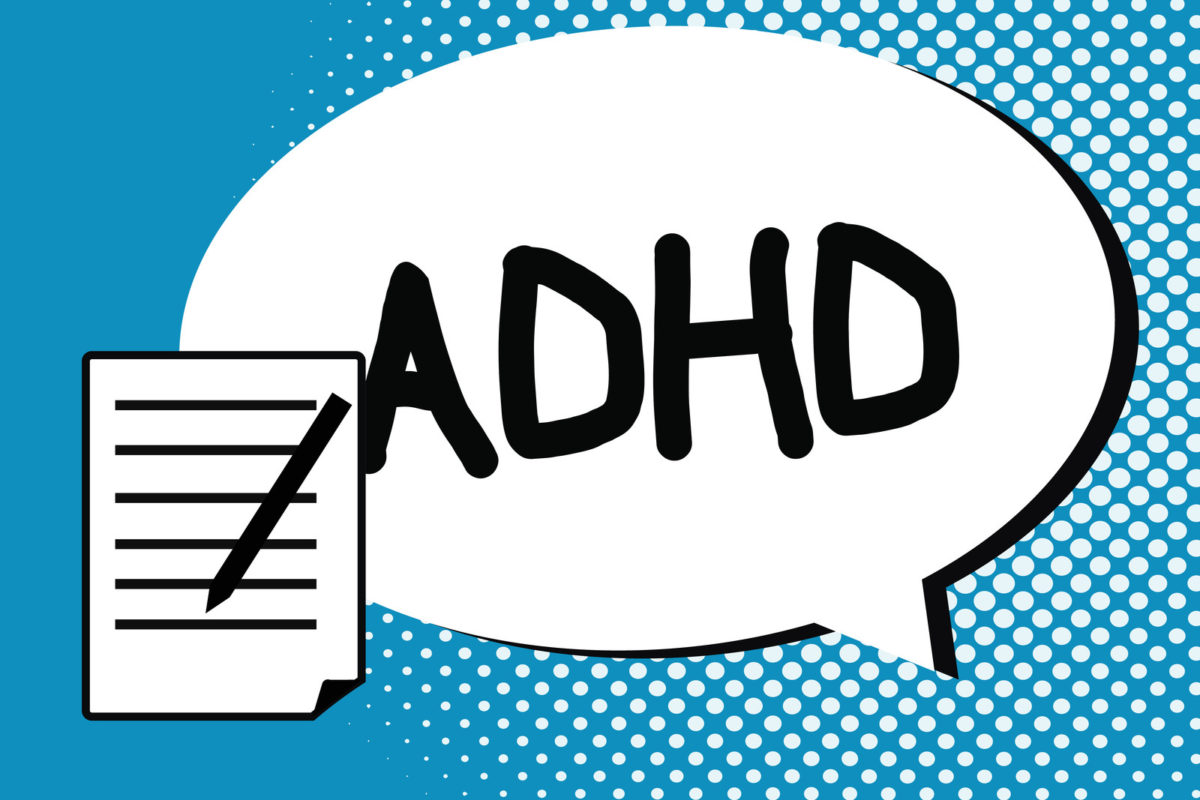I recently attended the 16th International ADHD Congress: Impacts of the pandemic on the paradigm for detection, diagnosis and care of ADHD, hosted by Proyectodah, a foundation in Mexico City dedicated to supporting individuals and families with ADHD.
The Congress featured a wide array of international ADHD and neurodiversity experts. They presented the most up to date scientific view of the intersection between the pandemic and ADHD.
Here are some key points worth noting:
The importance of an individualized treatment plan.
Every speaker stressed the importance (and often frustrating task) of personalizing the treatment to what the specific patient needs. There is not one cookie cutter treatment for ADHD. ADHD is a heterogeneous disorder with multiple causes and treatments that differ between individuals.
The importance of an early diagnosis and treatment plan.
Studies show that early diagnosis and treatment relate to a better prognosis. The treatment plan designed for a young child can and should incorporate training for the parents. Dr. María Acosta brought to light the effects of the pandemic on the parents of children with ADHD, a topic seldom discussed. Dr. José Martínez Raga discussed how diagnosis and treatment mitigate the difficulties individuals with ADHD can experience, especially regarding gaming disorder.
Patients are individuals not illnesses.
According to the research presented by Dr. Martínez Raga, genetics account for 70-80% of the risk for developing ADHD and the other 20-30% can be environmental and varied. Those diagnosing and treating ADHD need to consider every variable aspect of the patient.
The brain is plastic.
Its malleability allows space for change. Neuroplasticity is the science behind our ability to develop skills and knowledge through effort, practice, and persistence.
There are many ways of “being” ADHD.
One diagnosis can be different because ADHD impacts every person in a unique way. Thinking “outside the box” and looking at all possible comorbidities will lead to a better diagnosis and treatment plan.
Needs and risks shift with age.
The ADHD diagnosis is fluid and for some, the teenager years can be challenging. The diagnosis needs to be periodically re-evaluated to account for changes and comorbidities. Comorbidities change with age.
Apps for ADHD.
Dr. Javier Quintero advises to do research before purchasing an app. Who are the developers behind the app? Is it a medical team? Is there any research validating the application?
Gaming and ADHD.
Dr. José Martínez Raga stated that for the first time the World Health Association (WHO) is classifying gaming disorder as an addictive behavior disorder. Now research can be conducted to measure how many people are affected. Current studies suggest that the prevalence of ADHD in adult problem gamblers is 10-20% (Dowling NA, et al. Aust N Z J Psychiatry. 2015). ADHD has been reported to be associated with longer screen time utilization (STU), including time spent with TV, smart phones, and gaming devices. (Nikkelen SW, et al.Dev Psychology. 2014 and Weiss MD, et al. ADHD Attention Deficit Hyperactivity Disorder 2011).
Dr. Martínez Raga focused on Internet Gaming Disorder (IGD) and explained how IGD and ADHD are strongly associated. The rate of IGD patients who screened positive for ADHD was 39%. The predictive factors of ADHD-Gaming Disorder comorbidity were impulsivity and low self-esteem.
Neuro imaging and ADHD.
Structural and functional changes in the brain, such as altered size, activity and connectivity of brain regions accompany ADHD, but Dr. Xavier Castellanos stated that psychiatry neuro imaging is still not clinically useful to diagnose ADHD because the real differences are so small. Further research and testing are needed to gather verifiable data.
Dra. Juncal Sevilla focused on women and ADHD.
She believes women should be clinically diagnosed no matter their age. The diagnosis is particularly important because most undiagnosed women have thought they are deficient. Women with ADHD show compensatory conducts and they tend to hide their difficulties. Because of gender norms or social stigma, they tend to internalize and control their symptoms. She stated that, “Developmental milestones such as puberty, birth, and menopause can unmask the vulnerabilities that were previously invisible.”
I hope you find this information enlightening as you continue to learn about how the pandemic has impacted individuals and families with ADHD and co-morbid conditions.

